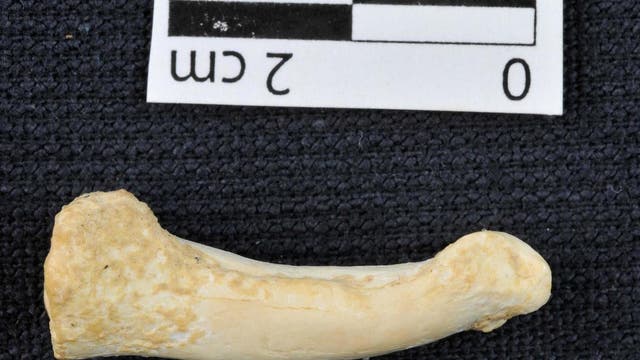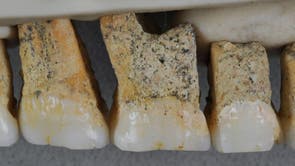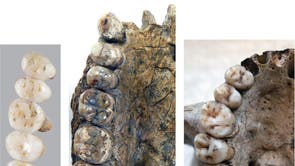Homo luzonensis makes picture of early human evolution 'even messier, more complicated, and a whole lot more interesting', scientists say
Scientists have discovered a new species of tiny, early human which was living on the islands that are now the Philippines as recently as 50,000 years ago.
A cache of teeth and bones from the hands, feet and femur of the newly described Homo luzonensis were discovered in Callao Cave on Luzon, the largest island in the country.
The small size of the bones suggests this archaic human was less than 4ft tall, the second diminutive species discovered in the region in recent decades.
The discovery undermines a long-held theory on how hominins - the group of ancestral humans of which Homo sapiens is the only member still living – colonised the globe.
Experts said the Luzon discovery makes the picture of early human existence ”messier and a whole lot more interesting”.
New species of ancient human discovered - in pictures
Show all 7
Hominins alive 50,000 years ago included our own species, Homo sapiens, and Neanderthals, both living in Europe and western Asia, the Denisovans in Siberia, and the diminutive Homo floresiensis - nicknamed “hobbits” – discovered in Indonesia in 2004.
The latest discovery includes bones from at least three individuals alive in the late Pleistocene and was published in the journal Nature on Wednesday.
While evidence of meat being butchered in the region 700,000 years ago and other fossil discoveries had established the presence of early hominins the latest cache has features which don’t match any other species in the area.













No comments:
Post a Comment